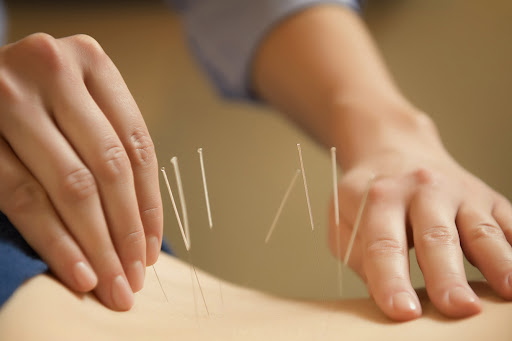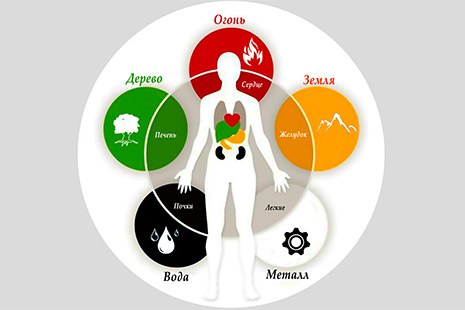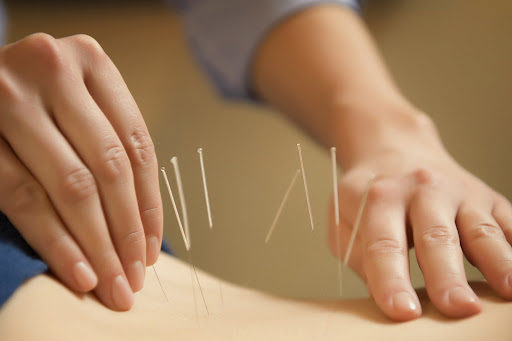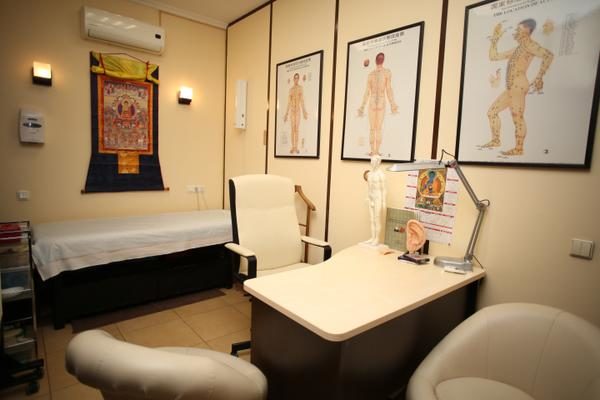Healthcare in China: the country’s best clinics

Medicine in Сhina
Traditional Chinese medicine is a comprehensive system that harmoniously combines philosophical teachings about human energy and nature with the best medical practices. It is the world’s oldest healing system, with a history spanning thousands of years. It’s worth noting that despite the high effectiveness of its treatment methods, Chinese medicine only attracted significant attention from foreigners in the last 70-80 years. Today, the main traditional treatment methods are recognized as effective and are being actively incorporated into medical practices worldwide.
Currently, Chinese medicine successfully treats various diseases, including:
- musculoskeletal disorders
- nervous system diseases
- respiratory diseases
- endocrine disorders
- cardiovascular diseases and many others

The therapeutic methods and practices of Eastern medicine differ radically from what we’re accustomed to, where doctors typically focus on treating the disease and its symptoms. In traditional Chinese medicine, the human body is seen as a unified system where everything is interconnected. Eastern doctors believe that our condition depends on the circulation of vital energy, Qi, as well as the balance of female Yin and male Yang energies. Sometimes this balance in the body is disrupted, which ultimately leads to illness. Based on this principle, Chinese doctors focus not on the symptoms of the disease, but on finding the root cause of the ailment. They are convinced that only restoring the harmony of energies in the body can lead to healing.
Diagnosis and treatment
The standard diagnostic approach of Eastern physicians includes:
- examination
- patient interview
- listening
- palpation
- pulse examination
Examination
During the examination, the doctor assesses the color and condition of the skin, nails, and whites of the eyes, paying particular attention to the color of the tongue. Since disease symptoms are a consequence of imbalance in the body, external signs will inevitably manifest as changes in appearance, even if at first glance they seem unrelated to your specific ailment.
Patient interview
You might be surprised if, during your appointment, the doctor asks not about your physical symptoms or how long you’ve been experiencing pain, but about your emotional state and concerns. The fact is that for proper diagnosis and subsequent treatment, the patient’s temperament and character are just as important as their physical condition. Don’t be taken aback by questions about your relationships with loved ones, whether you enjoy your job, or what your dreams are. The doctor needs all this information not to satisfy curiosity but to properly assess your condition.
Listening
Chinese doctors can easily diagnose diseases “by ear.” Through careful and detailed listening, they evaluate the sound and rhythm of your breathing, as well as the pace and even the tone of your voice.
Palpation
During palpation, the doctor assesses muscle tone, joints, skin surface condition, temperature, and moisture. By carefully examining the patient, the doctor can detect the presence of swelling or muscle tension.
Pulse examination
Your individual pulse rhythm can tell the doctor a lot about your condition. An experienced doctor can distinguish up to 30 different pulse patterns. Each of these patterns can indicate various disturbances in the body’s functioning. Based on the diagnostic data obtained, the doctor prescribes a comprehensive treatment plan. The treatment principle is based not on addressing the symptoms of the disease but on treating the entire body and organ systems as a whole.

The treatment method is tailored individually for each patient. The main methods used in traditional Chinese medicine include:
- massage
- acupuncture
- cupping therapy
- auriculotherapy (applying small needles to points on the ear)
- herbal medicine (custom herbal blends)
- Qigong (a combination of breathing exercises and meditative physical movements)
Medical tours to China
Health and wellness tourism to China is gaining popularity among foreigners. There are several reasons for this interest. Firstly, it offers a completely new approach to treatment. Secondly, it’s effective. And thirdly, it’s noticeably less expensive compared to European clinics. Chinese clinics combine traditional medicine methods with advanced modern techniques. These clinics employ only highly qualified and experienced doctors. Among foreigners, the most popular clinics are:
- Tibetan Medicine Center in Beijing
- Puhua International Hospital in Beijing
- Tai Chi Chinese Traditional Medicine Clinic on Hainan Island
- Shengu Medical Center in Dalian
- Shanghai Changzheng Hospital
- Arkan-Baiwan Pediatric Cerebral Palsy Rehabilitation Center in Beijing

These wellness centers and clinics hold international certifications for providing medical and educational services to foreign citizens and specialize in treatment and health improvement using traditional medicine methods. Patients undergo comprehensive examinations, after which they receive individually tailored treatments and custom-made medications. Although modern medicine considers cerebral palsy an incurable condition, Chinese clinics are deepening their research and improving their techniques. Currently, the treatment methods employed allow for stimulation to restore central nervous system functions for successful treatment.
Cost of treatment
The final cost of treatment services in China is determined based on the diagnosis and the therapy provided. The price for medical services is calculated individually for each patient and may also vary depending on the province or city where the clinic is located. It depends on the complexity of the diagnosis, any accompanying conditions, the number of necessary procedures, and the complexity of clinical examinations. Despite the high quality of services offered and the level of comfort provided, treatment prices here are much lower than in Europe. This has to do with how medicine is organized at the government level. In the West, everything depends on the type of insurance. On average, you need about RUB 300,000 for the treatment of one condition in Beijing. On Hainan Island, prices are slightly lower, with an average cost of around RUB 250,000 for comprehensive treatment of one condition.
Important note
If you’re planning to travel to China for health reasons, don’t forget to arrange for a qualified interpreter in advance, as the success of your treatment and accurate diagnosis depend on the interpreter’s level of competence. Additionally, if the patient is unable to move independently and has musculoskeletal issues, we recommend arranging specialized transport.